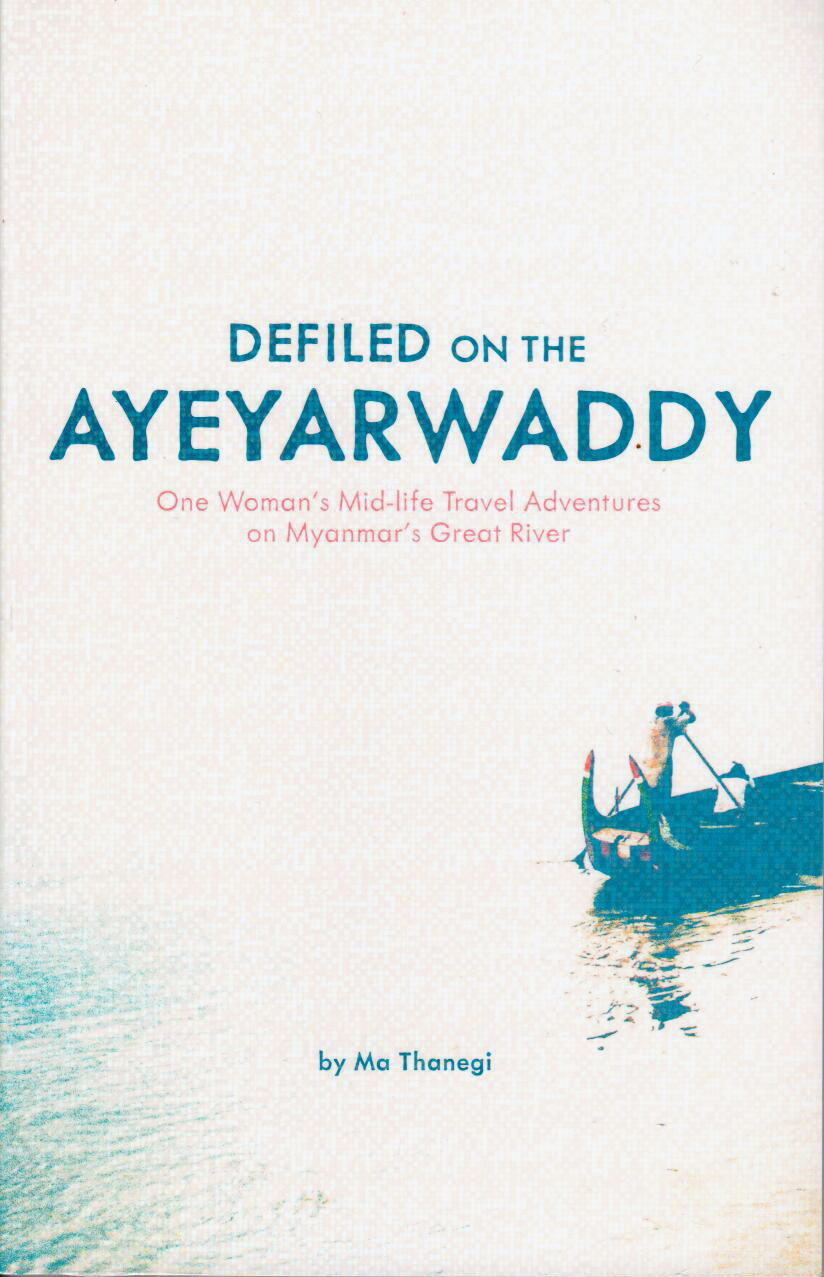After the Last Border by Jessica Goudeau (Viking)
The United States is peopled by the descendants of immigrants. Despite this, U.S. immigration policy has historically been ungenerous. Emma Lazurus’s poem The New Colossus, written in 1883, has always been the ideal, not the reality. “The huddled masses yearning to be free” have received a grudging welcome through “the golden door.” Jessica Goudeau vividly reveals this in After the Last Border, through the stories of two immigrant women and a concise history of America’s stance toward immigration.
A year before Lazurus wrote her classic poem, the US slammed the door on Chinese immigrants with the Chinese Exclusion Act of 1882. A battle between restrictionists and liberalizers of immigration has been raging ever since, with racism fueling the restrictionist side. Like the president who would come long after their first appearance, restrictionists wanted “literate, upper-class, white, Northern Europeans without disabilities.” Even those criteria failed to save the 937 Jewish asylum seekers fleeing Hitler on the MS St. Louis in 1939. Refused entry into the United States, the passengers were sent back to Europe where 254 of them died in concentration camps.
Scarred by that act of cruelty and fueled by the Cold War, U.S. immigration softened to allow entry to refugees from Communism. First the Hungarians and Cubans arrived, and after the signing of the Immigration Act of 1965 came Southeast Asians. But the policy ignored Haitian refugees and Nigerians who fled the Biafran war. Racism still lurked under the surface, limiting immigration as best as it could.
Goudeau shows the mercurial nature of U.S. immigration policy through the stories of very different women whose experiences diverge because of the rapid changes that can come to that policy without warning.
Mu Naw is the lucky one. She, her husband, and their two children arrive as refugees in Austin, Texas in 2007. Karen villagers who had fled Myanmar for the safety of a refugee camp in Thailand, Mu Naw and her family had never known security and they welcome the idea of resettlement. Young and rootless, the young parents find their new life is one where they can make a living, as sparse as entry-level positions will allow, and where their children can be educated. Mu Naw had lived in refugee camps since she was five. In spite of the challenges and hardships that come her way in Texas, she proves to be more adaptable than her husband and eventually more successful. When they buy a house in 2016, her husband admits this achievement is because of her efforts.
Hasna is less fortunate. In her midyears, she too comes to Austin, nine years after Mu Naw, with her teenage daughter and a husband who has been so badly injured that he’ll never work again. War in Syria disrupted her life as an affluent, educated, proud matriarch, sending her across the border into Jordan. When she’s advised to apply for refugee status, she turns it down--until she learns that family resettlement is a key provision in immigration policy. Her husband’s objections to this plan are silenced by an explosion that tears his body apart and her adult children are scattered across different countries. The thought that they could all be together again, along with the promise of medical care for her husband, propels Hasna into the bureaucratic thicket of paperwork and interview that will take them away from war to a family home in another country. She arrives four months before Donald Trump is elected president. Two months later, his ban against Muslim immigrants and his dismantling of the family resettlement policy turns Hasna’s dreams into a waking nightmare.
Jessica Goudeau’s skillful and intimate journalism gives the narratives of Mu Naw and Hasna the pace and detail of a novel, interspersing them with chapters that illuminate the policies that have shaped these women’s lives. What could easily have been a polemic is instead a quiet and heart wrenching history that is too little known by most of us and should be read by all.~Janet Brown










